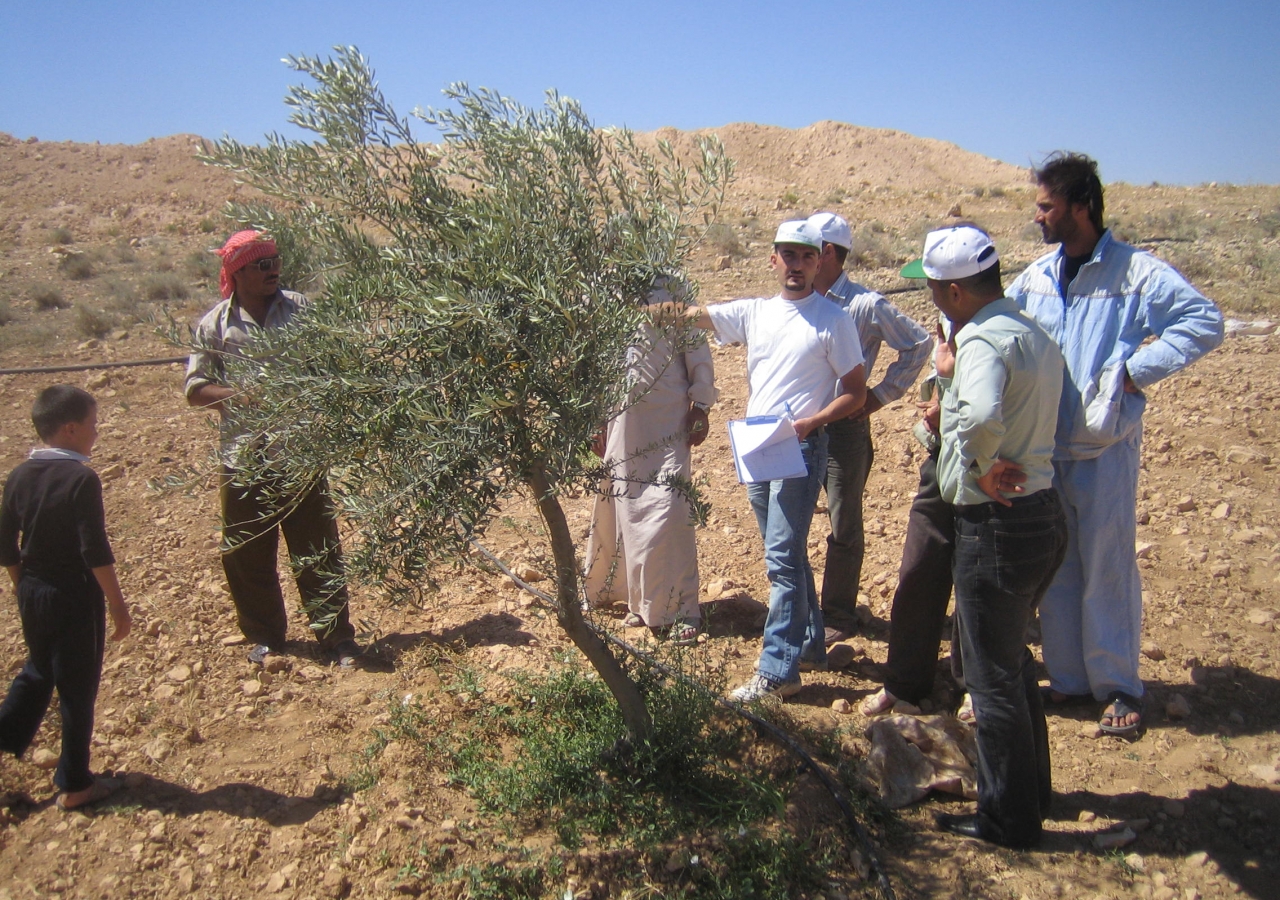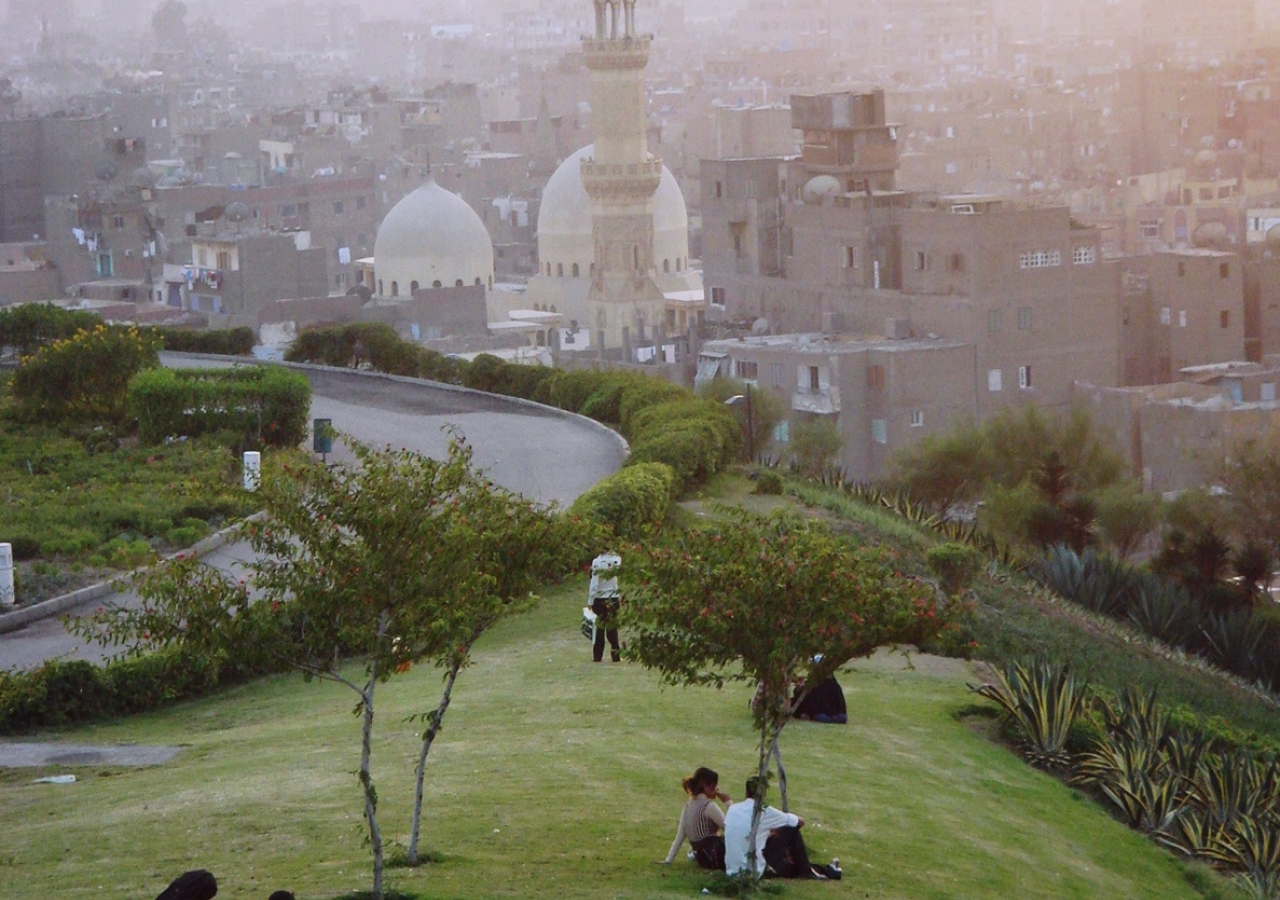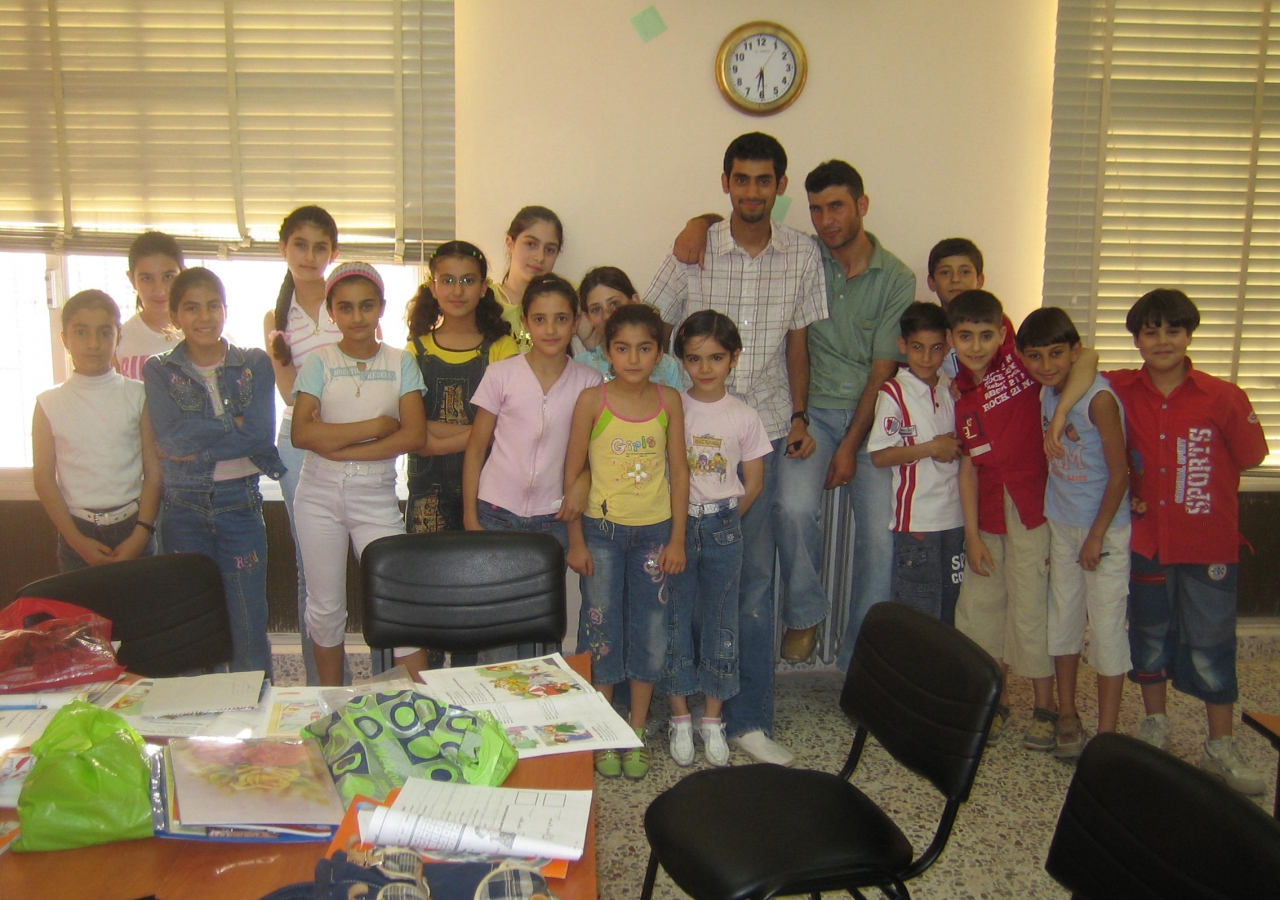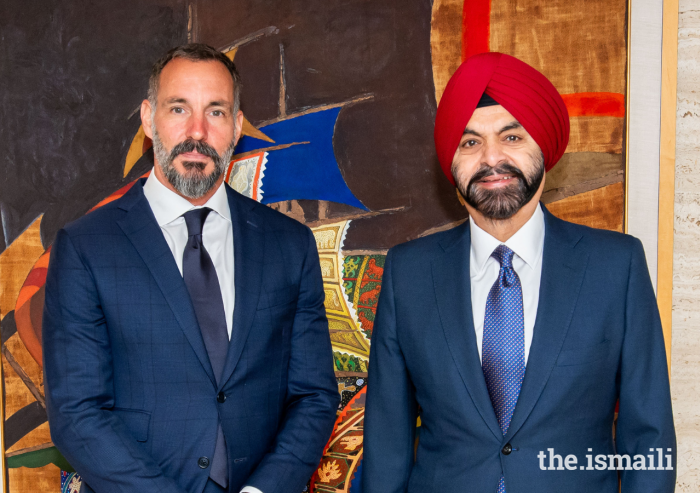Sameer Kassam is a student at the University of Edinburgh currently studying Arabic and Spanish, and is the co-founder of the Edinburgh University Middle Eastern Society. In 2007, Sameer had the opportunity to volunteer with the Aga Khan Development Network in Syria and the Aga Khan Trust for Culture Socio-Economic Revitalisation Programme in Egypt. In this article he shares some of his experiences and insights.
It is hard to imagine two Arab cities that are more different than Salamieh and Cairo – one, a semi-rural Syrian town of 80 000, the other a sprawling megalopolis that is home to over 16 million Egyptians. Even their dialects of Arabic share little resemblance.
However, a more studied exploration reveals that the cities are indeed connected in two important ways. First, they share a common Ismaili heritage – in the 10th century, the Ismaili Imamat moved from Salamieh to establish the Fatimid state, whose future capital would be Cairo.
Second, the two cities are reminders of the rich cultural and intellectual heritage of the Ismaili community, acting as historical centres of artistic and academic activity.
Finally, they share a contemporary connection through the Aga Khan Development Network, which runs numerous initiatives in both cities. These projects vary from rural support programmes and education services in Salamieh, to the socio-economic revitalisation programme assisting residents of the Darb al-Ahmar neighbourhood at the border of Al-Azhar Park in Cairo.
In Salamieh, I visited locals whose AKDN-backed microfinance loans financed the purchase of equipment to start a carpentry business. Others had received support from the Network's Rural Support Programme to increase crop harvest yields.During the past year, I served as a volunteer with the AKDN in both Salamieh and Cairo, and gained profound insights into the work of the Network and its effect on the lives of so many people.
Throughout my trip, I was repeatedly struck by how warmly AKDN staff were received. People told us of how grateful they were to have been given the chance to make a difference for themselves, and their smiles reflected a profound gratitude.
In Cairo, working from an office with views over Al-Azhar Park and Darb Al-Ahmar filled me with a sense of pride for Mawlana Hazar Imam's achievements. But I also felt a collective responsibility for what is yet to be achieved. A brisk walk through the neighbourhood souk, with its vibrant colours and authentic vitality, untouched by tourists, reminded me that the mundane office paperwork was helping to make a tangible difference in people's lives.
My stay in Salamieh was also a unique experience, as I witnessed how Ismailis live in a part of the world that I was unfamiliar with. My host family welcomed me as one of their own, expecting nothing in return. Many evenings we ate dinner together on the terrace, before sleeping up on the roof, under a starlit salmooni sky.
Salamieh and Cairo are vastly different settings. But their common heritage and the values and ethical principles shared through the Aga Khan Development Network, demonstrated to me that these two cities are, in fact, inextricably bound.The warmth extended to me by all of my Syrian brothers and sisters, expressed their own cultural spirit. It gave me pause to reflect on the beauty of the pluralist tradition that pervades the global Jamat, and which keeps us united.










